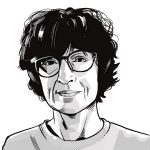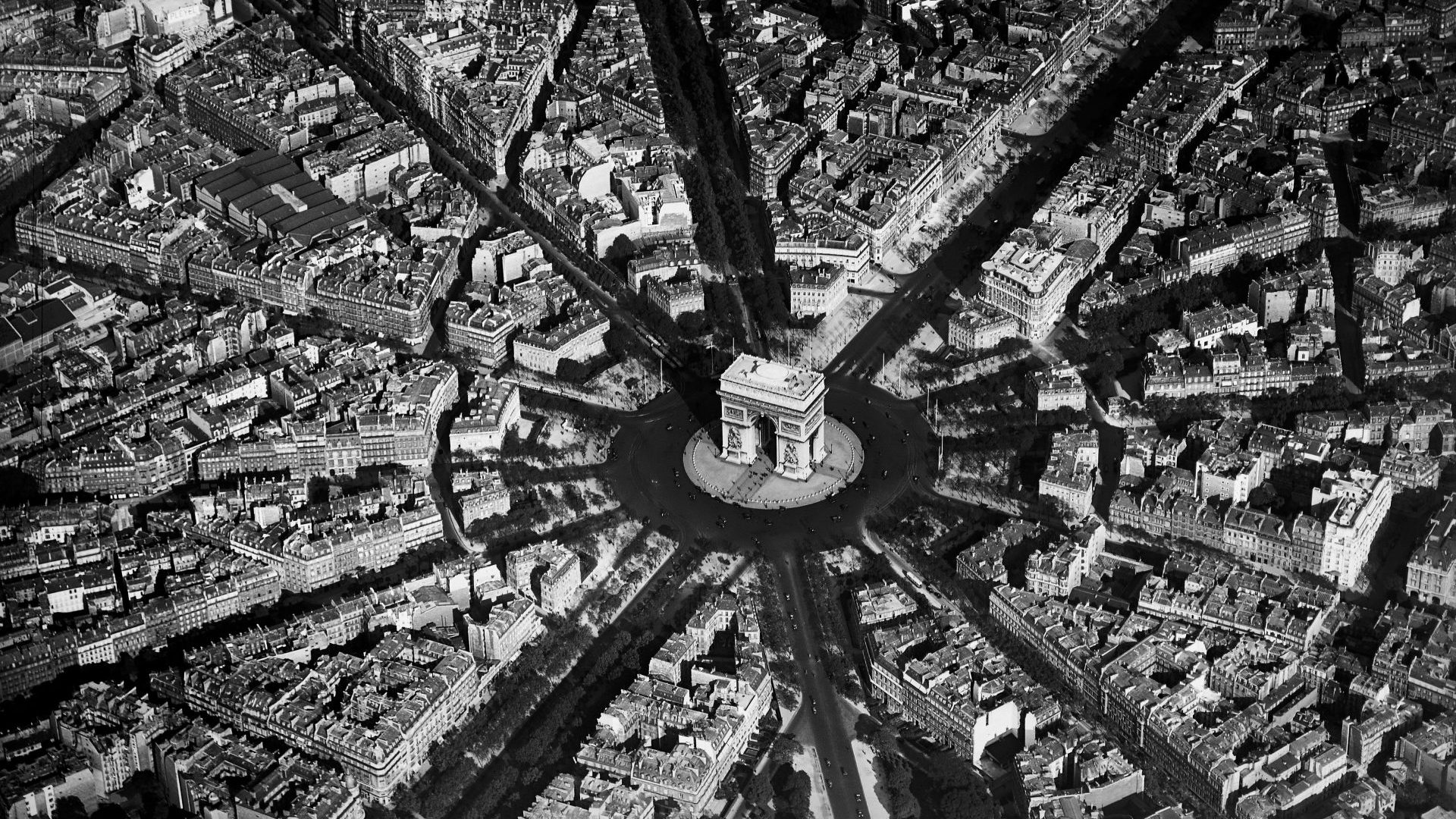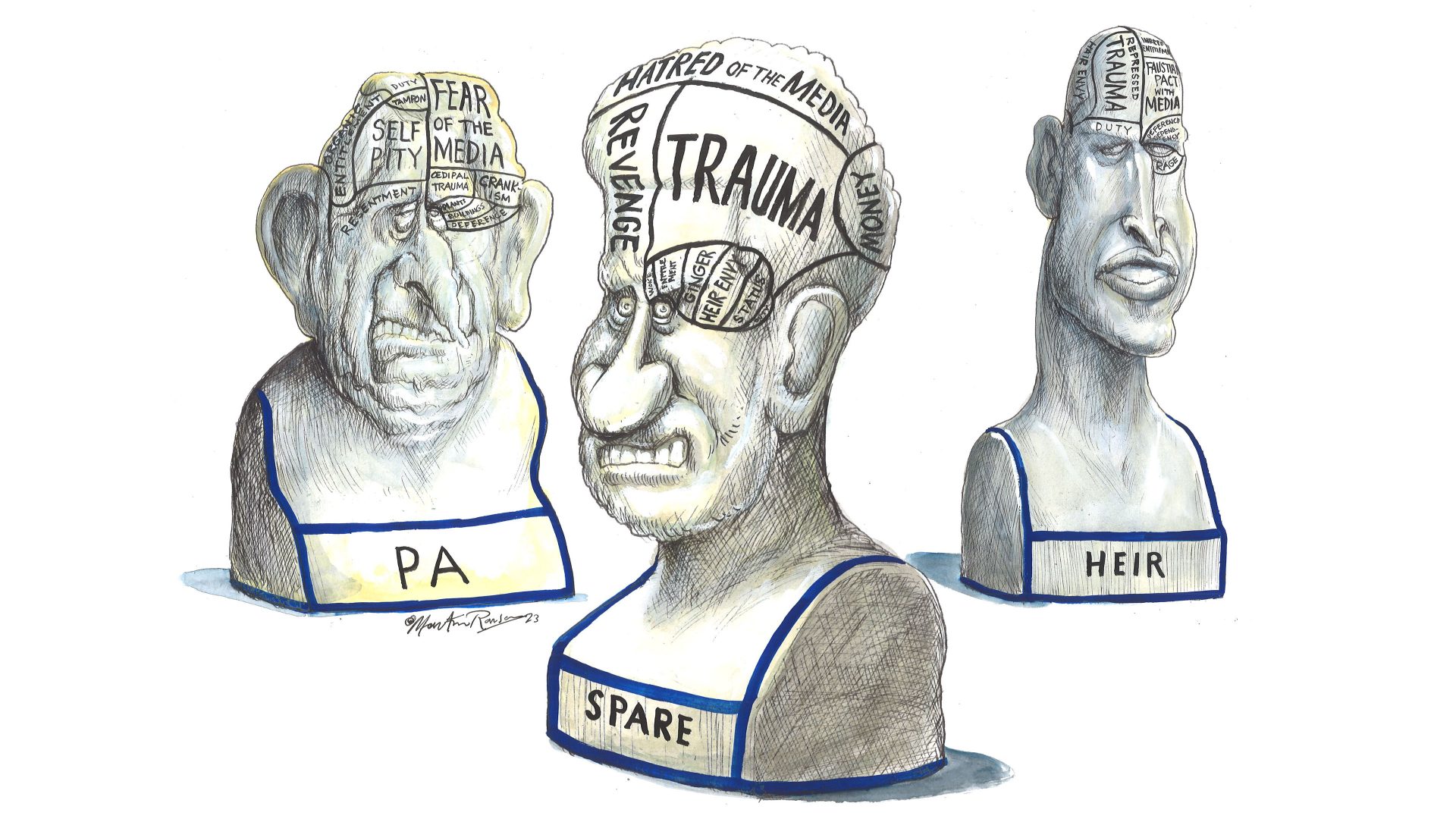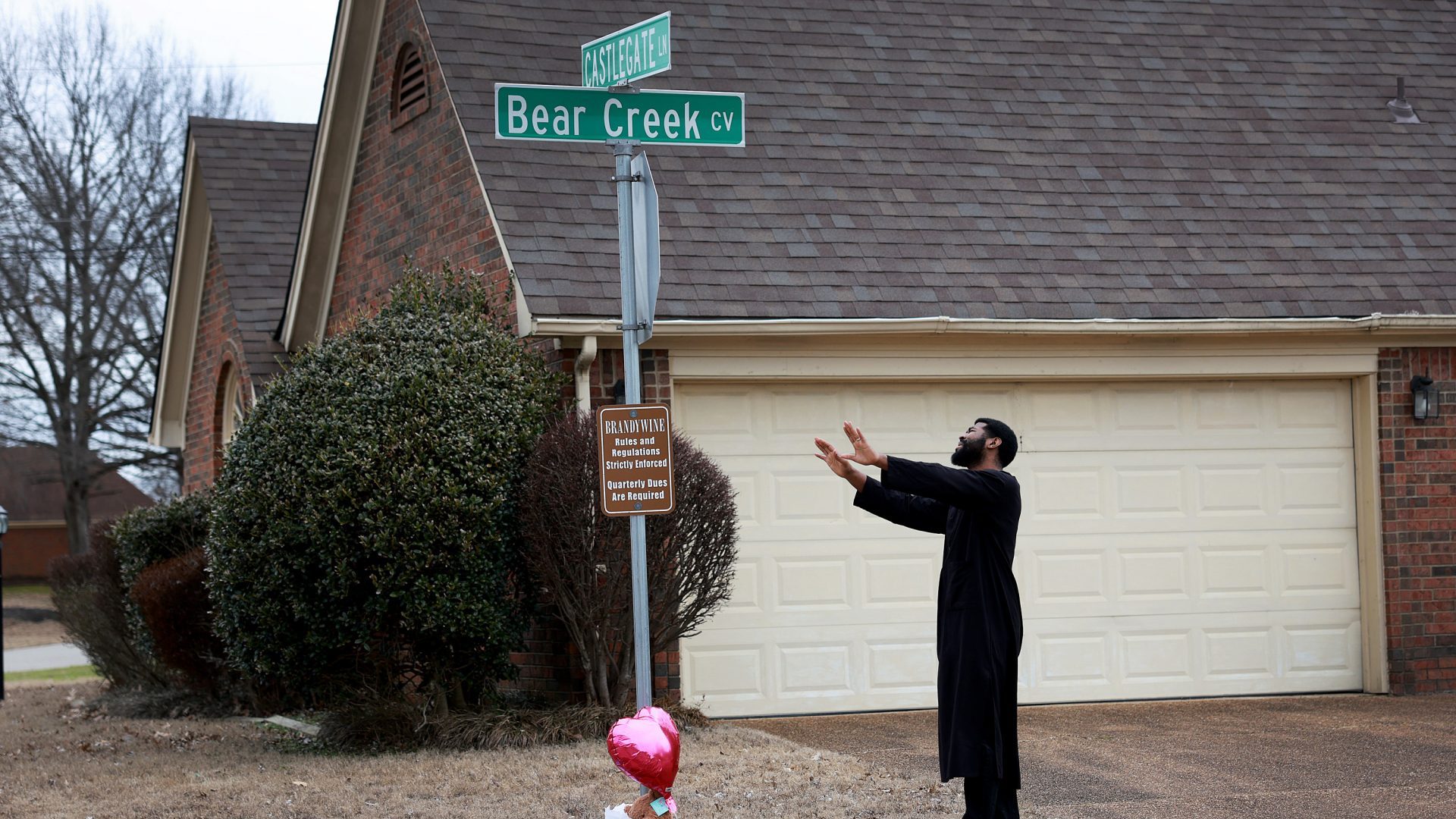Professor Carlos Moreno is apologetic. He only has a 20-minute window to talk because his schedule is so busy. As it should be for a man who has set himself the task of imagining the cities of the future in a world threatened by rising temperatures, stronger storms, devastating droughts and life-threatening floods.
Moreno is the driving force behind the 15-minute city, an urban environment where inhabitants have access to all the services they need to live, learn and thrive within their immediate vicinity. Paris mayor Anne Hidalgo has enthusiastically embraced the concept – placing it at the heart of her 2020 re-election campaign – and now the French-Colombian professor’s idea has also been adopted by the C40 global network of nearly 100 city mayors taking action to confront the climate crisis.
Moreno, who is director of Pantheon-Sorbonne University’s ETI Lab, is working with the C40 mayors to adapt his concept to each city’s individual context. He was Hidalgo’s adviser on smart cities for six years until 2019, and says the mayor’s acceptance of the 15-minute city marked the idea’s movement into the mainstream.
Moreno’s idea was driven by his desire to come up with ways of cutting carbon emissions in cities – up to 70% of global emissions come from cities, mainly from buildings and transport – and address the way long commutes are degrading our quality of life.
“People are stressed going from their home to the office. In Paris, at peak hours, we have more than one million people taking the RER (rail network) just to go from east to west or south to north… One of the reasons for these long commutes is the hyper centralisation of offices in the corporate districts in the west and the north,” he says. “The 15-minute city idea involves developing more social interactions and economic integration, relocalising jobs, developing more quiet public spaces and transforming streets so they serve humans rather than cars.”
Paris has become a prototype for this kind of transformation under socalist Hidalgo’s stewardship. “When (Hidalgo) launched this concept as the backbone of her re-election campaign, a lot of people were very surprised because it was an original concept; they didn’t know what it was,” Moreno says. “She said the 15-minute city in Paris is the big bang for proximity.”
The idea found new supporters after the Covid-19 lockdowns, when people were forced to spend more time in their own neighbourhoods because they were working at home and often avoiding public transport. In July 2020, the C40 cities network published a framework for cities to “build back better” from the pandemic, and the 15-minute city was at the heart of it. Giuseppe Sala, the mayor of Milan, a city that was on the frontline of Italy’s horrific Covid-19 experience, explained the rationale in an article written in September 2020.
“We will create ‘15-minute cities’, where residents can meet their needs via a short walk or bicycle ride. We will permanently reallocate road space to pedestrians and cyclists. We will invest in nature-based solutions such as parks, green roofs, and permeable pavements, to reduce the risks of extreme heat, drought and flooding. By giving public space back to people and nature, reclaiming our streets and guaranteeing clean air, our cities become healthier and more sustainable places to live.”
This widespread acceptance of his concept is why Moreno is so busy. “In April 2020, the C40 contacted me to start intensively examining how we could use the 15-minute concept to develop a new roadmap to recovery,” he says. “The C40 cities consider that regardless of size, density or geography the implementation of the 15-minute city… offers an adaptive way for creating more green and thriving cities… The most important point is not that you can reach more services in 15 minutes but that you develop a polycentric city, designed to improve the quality of life.” The challenge is to avoid creating a city made up of a collection of isolated island neighbourhoods.
Hidalgo, who was originally elected in 2014, wants to make Paris greener, less polluted and more functional for its 2.2 million residents – in line with an ambitious 2007 climate action plan that aims to make the city carbon neutral by 2050. Already, she has pedestrianised the banks of the Seine and brought in hundreds of kilometres of bike lanes – not without criticism from some residents who feel she is anti-car and politicians who say she has let the city’s budget spin out of control.
And so while the Paris skyline is still dominated by the soaring Eiffel Tower – once derided as a “truly tragic street lamp” and “belfry skeleton” – on the streets below the 330 metre-high monument, a transformation is taking place, even as the city also prepares to host the most environmentally friendly Olympics and Paralympics in 2024.
Because the city of lights is also a city that embraces radical reinvention: Between 1853-1870, architect GeorgesEugène Haussmann carried out a vast public works programme commissioned by Emperor Napoleon III. Cramped, filthy slums were demolished, and replaced with the wide avenues, parks and squares that are today seen as so quintessentially Parisian.
Hidalgo’s own city revolution is partly driven by a desire to make life more bearable during increasingly frequent and deadly summer heatwaves – in August 2022, a temperature of 56°C was recorded around the Palais Garnier opera house. The mayor wants to plant 170,000 trees by 2026, creating “islands of freshness” that will mitigate the urban heat island effect, which happens when a lack of tree cover and greenery makes urban areas much hotter than more rural areas. Paris only has around 10% of green space compared to 33% in London and 68% in Oslo. The city authorities are also tearing up concrete school yards to lay down soil and plant trees.
Hidalgo said she also plans to close two lanes of the Boulevard Périphérique, which dates from 1973 and was built along the city’s 19th-century ramparts, after the Olympics to reduce pollution and transform the major route “from a grey belt to a green belt”. One lane in each direction would be reserved for taxis, buses, car-pooling and emergency vehicles, and there are plans to plant 10 hectares of the beltway with trees.
There are also plans to pedestrianise and “green” the areas around the Arc de Triomphe and the city’s largest public square, the Place de la Concorde. And Hidalgo has approved a $250m plan to turn the Champs-Élysées into a “beautiful garden” and restrict the access of polluting cars.
The Olympics are meant to enhance these efforts with City Hall planning to host the first climate-positive games – in other words, going one better than climate neutral or carbon neutral. The aim is to have 100% renewable electricity, sustainable constructions, and sustainable food, all with the aim of having less than half the emissions of previous Games. A clean-up of the Seine has been accelerated so that open-water Olympic events can take place in the river and authorities have promised that people will be able to swim again in the Seine in 2025 – just over 100 years after the practice was banned in 1923.
All these changes are meant to make Paris more liveable, while also tackling the causes and effects of the climate emergency. Because, as UN Secretary-General António Gutterres has said, cities are “where the climate battle will largely be won or lost.”
For Moreno, the 15-minute city is even more relevant now in a Europe struggling with the fallout from Russia’s war in Ukraine, including the global energy crisis. “We need to prioritise local resources, local employment and reduce energy use,” he says. “For that, the 15- minute city is the right idea at the right time because through that, we can reduce imports, reduce the use of energy because there are no longer long commutes, and we can prioritise local jobs, employment and resources.




